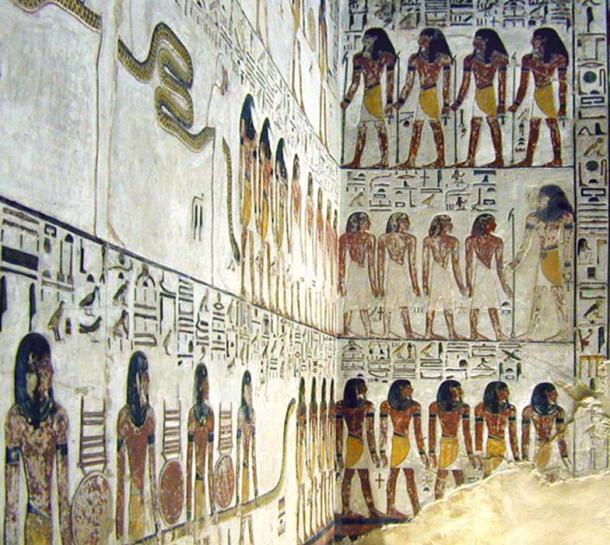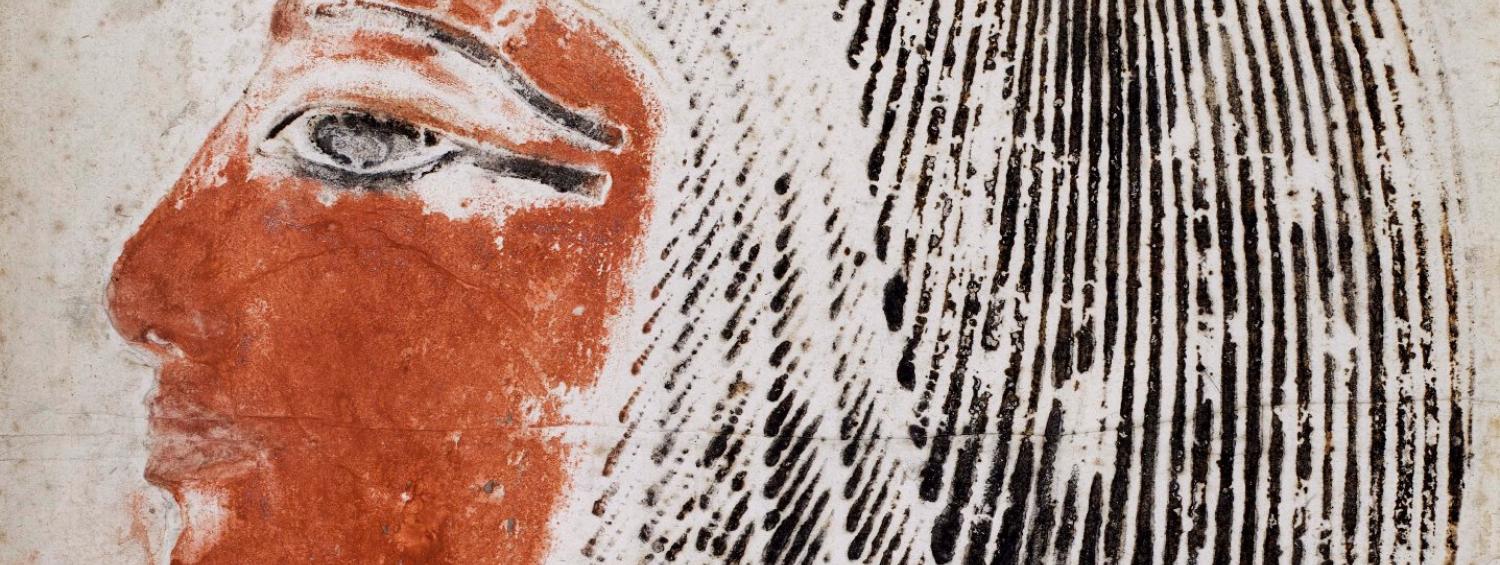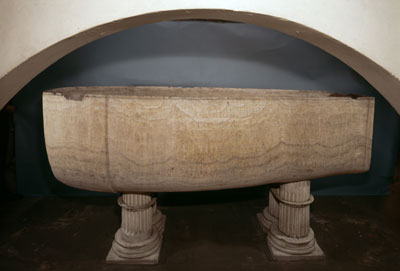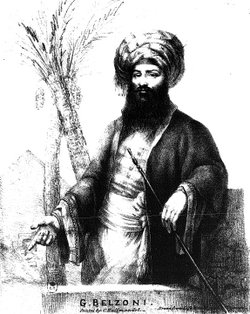
Courtesy: Sir John Soane’s Museum
In celebration of the 200 anniversary of the discovery of the tomb of Pharaoh Seti I, Sir John Soane’s Museum will present Egypt uncovered: Belzoni and the Tomb of Pharaoh Seti I.
The new exhibition is named after Egyptologist Giovanni Battista Belzoni; it is promised to reveal the secret behind what the museum called “most treasured possession”.
The new exhibition will be available from October 11, 2017 through April 15, 2018.
Belzoni (1778–1823), also known as the great Belzoni, was one of the most significant explorers of his age and helped in developing Egyptology as a scientific discipline, according to the Museum’s website.
Belzoni was a circus strongman in London before he came to Egypt in 1815 and was charged with removing large and heavy antiquities. Among these antiquities was the seven-ton statue of Pharaoh Ramesses II. It was taken from King’s memorial temple at Luxor and is currently in the British Museum.

Courtesy: Sir John Soanes’s Museum
Belzonni, then, made a massive discovery in 1817 by finding the tomb of Ramesses II’s father, Seti I. The tomb had 10 colorful chambers and decorated with hieroglyphs. The sarcophagus of Seti I was removed by Belzoni and was bought by John Soane in 1842 and placed it in the heart of the museum.

More information about the sarcophagus : https://www.world-archaeology.com/issue ... seti-i.htm
The exhibition will feature a high-resolution 3D digital scan of the sarcophagus by Factum Arte, with a display of the real fragments of its broken lid.
https://egyptianstreets.com/2017/07/27/ ... in-london/

Whilst some might baulk at the description of Belzoni as helping "in developing Egyptology as a scientific discipline " - his taking of wax impressions in the tomb of Seti I caused irreparable damage - he is credited with the discovery of a number of tombs in the Valley of the Kings : Seti I, Amenhotep III, Ramses I, Merneptah and Ay. He also uncovered the entrance to the main temple at Abu Simbel. His methods were no worse than other explorers of his time, some of whom resorted to blasting their way to artifacts with dynamite!

Sir John Soane, on the other hand, had no great interest in Egypt per se. I'm not sure he ever went there. But he was an avid collector of artifacts of all kinds. His main fame was as one of the most renowned architects of his time, responsible, inter alia, for the Bank of England.
https://en.wikipedia.org/wiki/John_Soane





